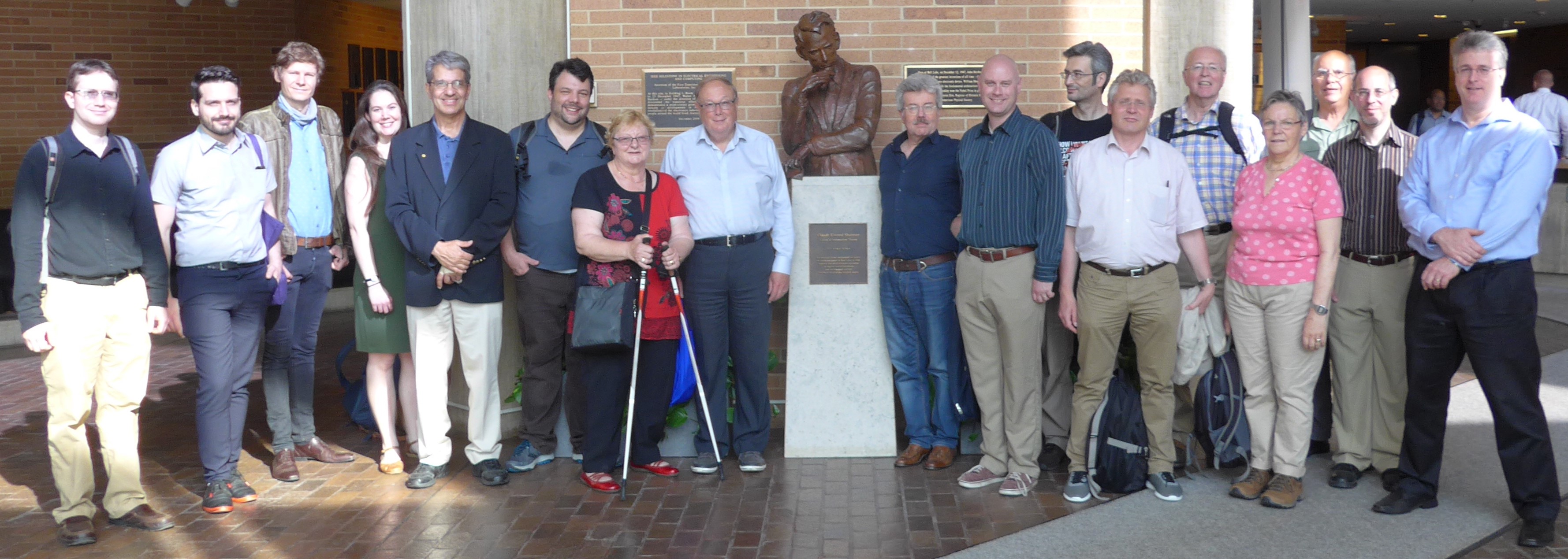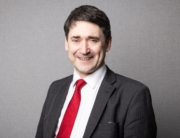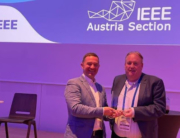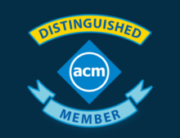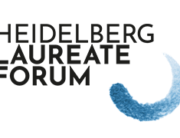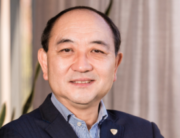Members of Working Group 9.7, History of Computing, met in New York City in May for a conference on the theme “International Communities of Invention and Innovation.” The conference’s call for papers took as a starting point the premise that computers were developed by individuals aware of the international scientific community, encouraging papers that eschew the typical U.S.-centric narrative. This elicited a robust response of variations on that theme.
“In a conference with a global perspective like this one, it was particularly appropriate that it was delivered by a global organization, the International Federation for Information Processing,” said Working Group 9.7 Chair Arthur Tatnall. “Invention and innovation know no international boundaries, and this conference focused on how this can be seen in much of the history of computing,” he continued.
The academic portion of the conference consisted of fourteen papers and a roundtable discussion. Participants hailed from seven countries and consisted of about one-half historians and one-half computing, engineering, and IT professionals. The conference featured a keynote presentation by Nicole Starosielski, author of the book The Undersea Network, entitled “Submerged Histories of Internet Infrastructure.” Springer will publish an edited proceedings volume of selected papers in due course.
Conference members made two field trips as a group. First, they travelled to Murray Hill, New Jersey, for a tour of Bell Labs led by archivist Edward Eckert. Here, they viewed the world’s first transistor, the backup copy of the first TELSTAR satellite, and the lab where UNIX was developed. In addition, they visited Google’s New York headquarters at 111 Eighth Avenue in Manhattan. The home of Google’s second-largest office complex, the working group saw Google’s vaunted open office concept. This building is also home to New York’s second largest collocation center, sometimes called a carrier hotel, where Internet companies and telecom networks connect. The conference dinner was graciously hosted by NYU’s Torch Club after the tour of Google.
The conference was organized by WG 9.7 vice chair Christopher Leslie at his home institution, the New York University Tandon School of Engineering. “Working Group 9.7 benefits from a membership that consists of technical professionals as well as humanities scholars,” Leslie said. “It is not often that a computer engineer and an architectural historian find themselves engaged in the kind of multidisciplinary conversation one finds at a 9.7 conference,” he continued. Leslie’s Brooklyn, N.Y., school was once a separate university founded in 1854. In 2014, what was then known as Polytechnic University merged with New York University, and the school changed its name to Tandon School of Engineering in 2015 to honor of a generous donation from Chandrika and Ranjan Tandon.
Members of the working group said they were surprised that the conference, located in a major metropolitan area, was both safe and affordable. Leslie was able to arrange low-cost accommodation at Othmer Residence Hall, adjacent to the School of Engineering. Members quickly took to the city’s subway system and regional transportation to take advantage of local sites such as the Statue of Liberty, Broadway shows, museums, the Cloisters, the Thomas Edison National Park, among others, after conference business was concluded.

